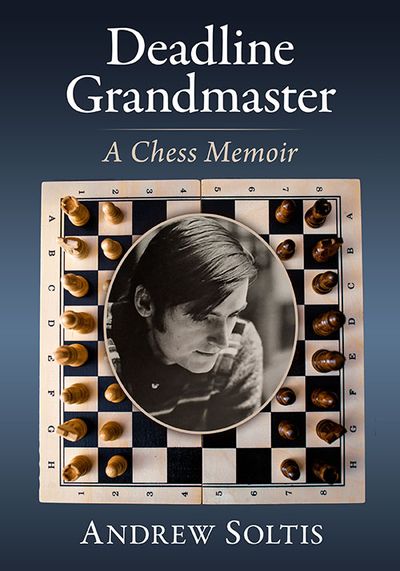New In Chess Yearbook, which appears four times a year, contains the latest news in chess openings. Each issue brings you dozens of new ideas on the cutting edge of modern chess opening theory. Have a look at what this issue has to offer.
Forum
In the FORUM Section, René Olthof analyses a spectacular game by Russian GM (and Yearbook author!) Alexander Predke which might just feature the best novelty of 2021. Han Schut investigates Magnus Carlsen’s combination of 4.h4 with Nadanian’s old bizarre move 6.Na4 in the Grünfeld – is it worth a try? And Viktor Moskalenko is back – not, this time, with a French novelty, but with a special twist to a well-known gambit in the Trompowsky. There are also new insightful letters by Wayne R.Gradl and Rafal Ogiewka.
From Sadler’s Engine Room
Matthew Sadler’s second column on computer chess openings focuses on the famous TCEC SuperFinals between the Stockfish and Leela Zero engines. We get a glimpse (well – an extensive look) behind the scenes of which openings are chosen for these SuperFinals by Jeroen Noomen and… Matthew Sadler! As always, the top engines have their own, often quite surprising, approaches to these opening lines.
Reviews
Glenn Flear reviews a new book on the hot London System by Oscar de Prado – the Spaniard’s second work on this opening, this time with a quite different angle, is called The London System in 12 Practical Lessons. Fabiano Caruana has turned his DVD Navigating the Ruy Lopez into a book called Caruana’s Ruy Lopez, and it features some extremely instructive explanation from the World’s No. 2. Of course Flear also had to find out what his compatriot Gawain Jones had made of the attractive-sounding concept of Coffeehouse Repertoire (Volume 1), and finally he compares Mihail Marin’s two recent books on one opening: Leningrad Dutch and Dutch Sidelines.
1.e4 openings
Sicilian Defence - Moscow Variation 3..b5+ - Ganguly
Sicilian Defence - Najdorf Variation 6..g5 - Zwirs
Sicilian Defence - Dragon Variation 9.0-0-0 - Golubev
Sicilian Defence - Sveshnikov Variation 9..d5 - Van der Wiel
Caro-Kann Defence - Advance Variation 4..f3 - Rodi
Ruy Lopez - Berlin Defence 4.d3 - Warmerdam
Ruy Lopez - Berlin Defence 6..a4 - Timman
Ruy Lopez - Møller Variation 5....c5 - Flear
Ruy Lopez - New Arkhangelsk Variation 6....c5 - Gupta
Ruy Lopez - New Arkhangelsk Variation 6....c5 - Ris
Ruy Lopez - Zaitsev Variation 12.a3 - K.Szabo
Italian Game - Giuoco Piano 6...d5 - Pijpers
Italian Game - Giuoco Piano 6..g5 - Ganguly
Vienna Game - Azerbaijan Variation 3.d4 - Ponomariov
1.d4 openings
Queen’s Gambit Declined - Early Divergences 4...dxc4 - Vilela
Slav Defence - Slow Slav 4.e3 - Panczyk and Ilczuk
Tarrasch Defence - Semi-Tarrasch 6.e4 - Mchedlishvili
Queen’s Gambit Accepted - Two Knights Variation 4..c3 - Ikonnikov
Queen’s Gambit Accepted - Classical Variation 7..c3 - Adams
Grünfeld Indian Defence - Exchange Variation 5..d2 - Olthof
Grünfeld Indian Defence - Exchange Variation 7..f3 - Vigorito
King’s Indian Defence - Early Divergences 3.h4 - Sokolov
Queen’s Pawn Openings - 3.g3 Line - Fogarasi
Queen’s Pawn Openings - 3.g3 Line - Gledura
Others
Réti Opening - Early Divergences 2....d7 - Karolyi
 Excerpt
Excerpt


